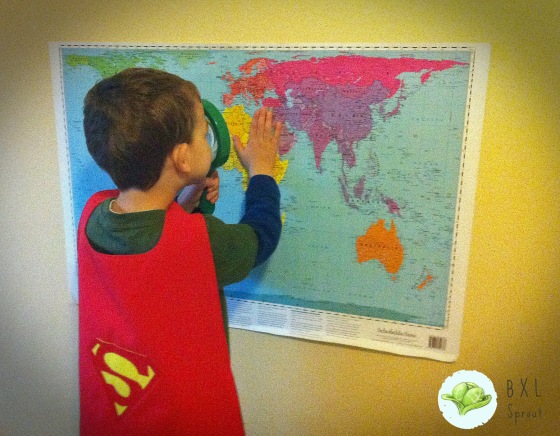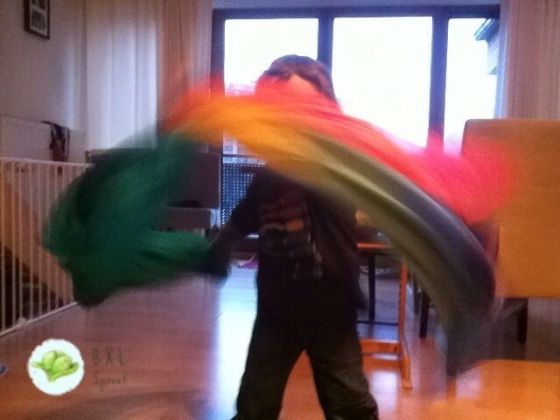We’re back for the second instalment of our expat parenting book read-along with Chapter 2 of Growing up Global: Greet your friend (you can find the Introduction and Chapter 1 here).
We’re a couple of days behind schedule due to birthday celebrations (someone turned 4! Already!) and The Baby Who Refused to Nap for an ENTIRE DAY! I’m just lucky he has a very sunny disposition, otherwise it could have been disastrous!
Anyway, back on subject, I finally completed Chapter 2 of Growing up Global. I’m finding this book quite an easy read despite being a bit behind; I’ll blame that on my procrastinating personality.
Chapter 2: Greet your Friend deals mostly with language and, as you can guess from the title, sociocultural conventions regarding greetings around the World. Once more, I found this book to be very USA-centric, but I guess that is the general audience for it, so let’s leave it at that.
The first thing the author tackles hit a bit close to home with me – getting your child used to saying hello (and generally greeting) people. I’m going to publicly admit here, before having kids I was one of those people who thought “how rude! MY child is going to be brought up to be more polite and greet others (a simple hello – I never thought you should force kisses/hugs/etc.)”. Well, I’m eating my words. The author points out how, especially American children, are not used to greeting people they meet. I agree with her and have always emphasized this with my children. all went well until around the time Sprout 1 turned 2 and suddenly decided he was shy (yes, I’m aware it’s not exactly a decision – you get my point). Now I have a 4-year-old who not only will most probably NOT say hello, you might be greeted with a scowl as well. And there you have it. I honestly don’t know what to do. I tell him it’s polite to greet people and, at a minimum, not try to scare them. I’m hoping it will pass with time and was hopeful Ms. Tavangar would have some tips other than reading one of Emily Post‘s books on etiquette for children, but I do realise this isn’t the focus of the book. I’m open to any of your suggestions/tips though!
After getting into the habit of saying hello, Homa suggests learning greetings outside the children’s own culture, giving tips such as watching for cues and showing respect when you aren’t familiar with the proper way to greet someone. This chapter also has a list of general principles for greeting people according to continent. A good way to practise would be looking at the map with your child and talking about different ways people greet each other, as well as role-playing.
I’ve personally always found greetings in European countries to be a bit confusing. Being Portuguese, I’m obviously well aware of the rule of giving 2 kisses to everyone if you are a female and 2 kisses to women and a handshake to men if you are a male. In other countries, Belgium included, it’s not so straightforward. After living here for over 6 years now, I still don’t have it straight and all the other nationalities you encounter just seem to add to the confusion, so I’ve made a mental note to more purposefully educate myself on this.
All throughout the chapter there is a big focus on getting to know people of different cultures and ethnicities as individuals and not stereotypes, adjusting your behaviour accordingly.
There is an entire part on activities to do with children divided by over 10 and under 10, as well as many resources, both paid and free. A few I found interesting for younger children are Muzzy, by the BBC, Beth Manners’ Fun French for Kids ages 2-6, Putomayo’s Playground collection of world music for kids (we have a few of these – really good) and looking for Listmania lists on Amazon by relevant topics, such as Father & son’s social justice picture books for children list.
How about you? Do your kids greet people? Can they do so in different languages?
Disclaimer: Amazon links are affiliate links. If you purchase the book directly via these links, a small amount of the purchase price eventually makes its way to me. So if you would use Amazon anyway to get your books, please use my aStore. However, if you are lucky enough to have a local, independent bookshop stocking this book, please pay them a visit if you would like to buy it!


















